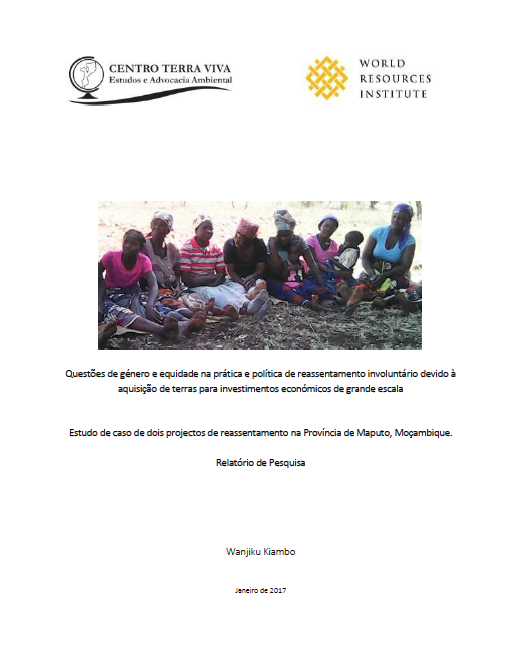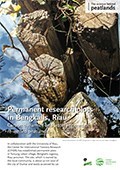Questões de género e equidade na prática e política de reassentamento involuntário devido à aquisição de terras para investimentos económicos de grande escala
O governo de Moçambique regulou o reassentamento involuntário, causado por investimentos económicos, através de uma lei que foi aprovada em 2012.










